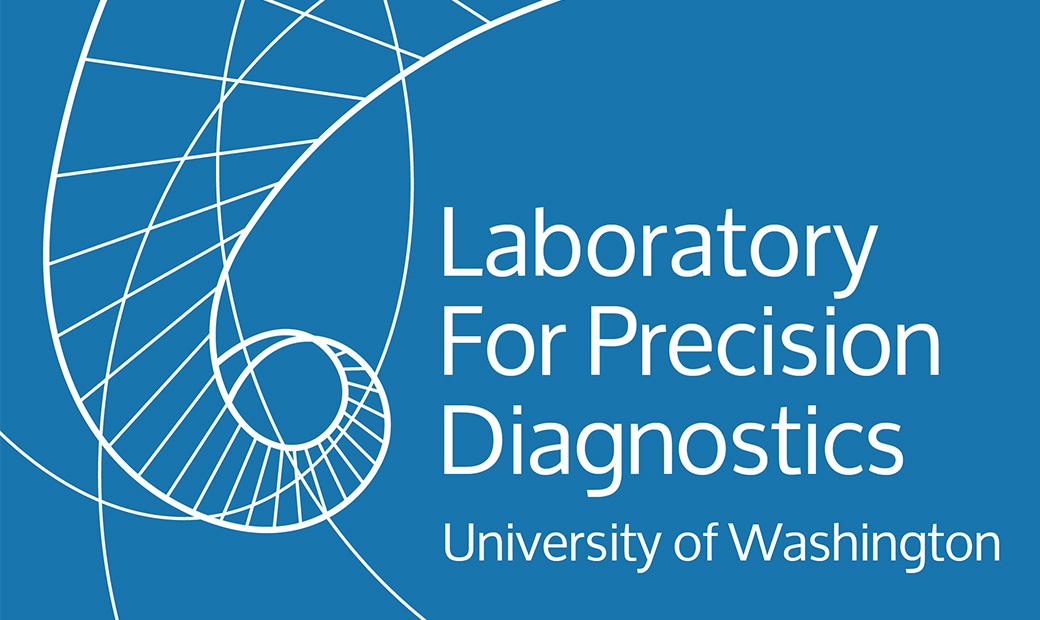UW Medicine online test guide: Exome Sequencing
EXOME SEQUENCING of a single individual: For the PROBAND with a rare phenotype, when the constellation of clinical findings is not recognized as part of a known syndrome, exome sequencing is the most cost-efficient and precise approach to diagnostic testing for rare inherited disease. Study of the exome from the DNA of a single individual is used to identify sequence variants with a very low population frequency, with nucleotide conservation across species and likely pathogenic consequence.
EXOME SEQUENCING TRIO: TRIO Exome sequencing is sequencing the entire exome of a proband and his/her parents. (as exome comparators) TRIO testing allows filtering of rare sequence variants and reduces the number of potential candidates by looking for the same sequence alteration in unaffected parent(s). The proband and parents may request reporting of rare sequence variants of medically actionable genes.*
EXOME SEQUENCING COMPARATOR: Comparator exome sequence is an adjunct to exome sequencing of the proband; usually the parents are comparators. Although individual rare variants are not reported for the comparator exome, using it only for comparison with the proband, the parent may request reporting of rare variants of genes known to be associated with adult disease for which medical action could alter outcome.*
*The American College of Medical Genetics and Genomics (ACMG) recommends that clinical sequencing laboratories return secondary findings in 59 genes associated with medically actionable conditions (Kalia, SS et al Genetics in Medicine Recommendations for reporting of secondary findings in clinical exome and genome sequencing, 2016 update (ACMG SF v2.0): a policy statement of the American College of Medical Genetics and Genomics (17 Nov 2016)
